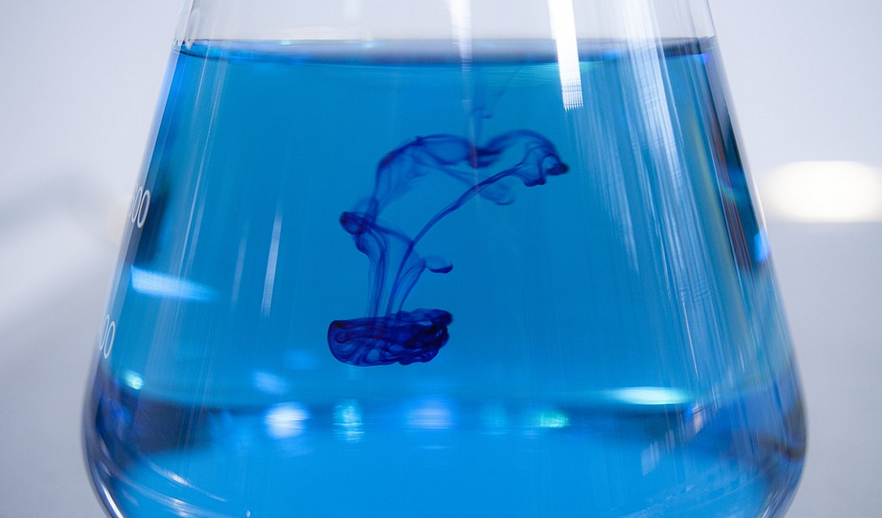Introduction
Wound care is an essential aspect of healthcare. The use of advanced wound dressings has revolutionized wound management by enhancing the healing process. Alginate and foam dressing are two of the most commonly used advanced wound dressings. In this article, we will explore everything you need to know about alginate and foam dressing.
What is Alginate Dressing?
Alginate dressing is a type of advanced wound dressing made from seaweed. Alginate dressings are highly absorbent, which makes them ideal for wounds with moderate to heavy exudate. Alginate dressing forms a gel-like substance when it comes into contact with wound exudate, which helps to promote wound healing.
What is Foam Dressing?
Foam dressing is a type of advanced wound dressing made from polyurethane foam. Foam dressings are designed to absorb wound exudate and maintain a moist wound environment. Foam dressings are ideal for wounds with moderate to heavy exudate.
How do Alginate and Foam Dressings Work?
Alginate and foam dressings work by absorbing wound exudate and maintaining a moist wound environment. Alginate dressing forms a gel-like substance that conforms to the shape of the wound, which helps to promote wound healing. Foam dressing, on the other hand, absorbs wound exudate and provides a cushioning effect, which helps to protect the wound from further trauma.
Benefits of Alginate and Foam Dressings
Alginate and foam dressings have numerous benefits, including: – Enhanced wound healing – Reduced risk of infection – Reduced pain and discomfort – Easy to apply and remove – Can be used on a wide range of wounds – Cost-effective
When to Use Alginate and Foam Dressings
Alginate and foam dressings are ideal for wounds with moderate to heavy exudate. Some of the wounds that can benefit from alginate and foam dressings include: – Pressure ulcers – Diabetic foot ulcers – Venous leg ulcers – Surgical wounds – Traumatic wounds – Burn wounds
Precautions When Using Alginate and Foam Dressings
Although alginate and foam dressings are generally safe to use, there are some precautions that you should take when using them. These include: – Avoid using alginate and foam dressings on dry wounds – Do not use alginate and foam dressings on wounds with minimal exudate – Do not use alginate and foam dressings on infected wounds without consulting a healthcare professional – Change the dressing as per the healthcare professional’s instructions
Conclusion
Alginate and foam dressings are two of the most commonly used advanced wound dressings. They are highly absorbent and can promote wound healing. Alginate dressing is made from seaweed, while foam dressing is made from polyurethane foam. Alginate and foam dressings are ideal for wounds with moderate to heavy exudate and can be used on a wide range of wounds. However, it is important to take precautions when using alginate and foam dressings to ensure that they are used safely and effectively.

